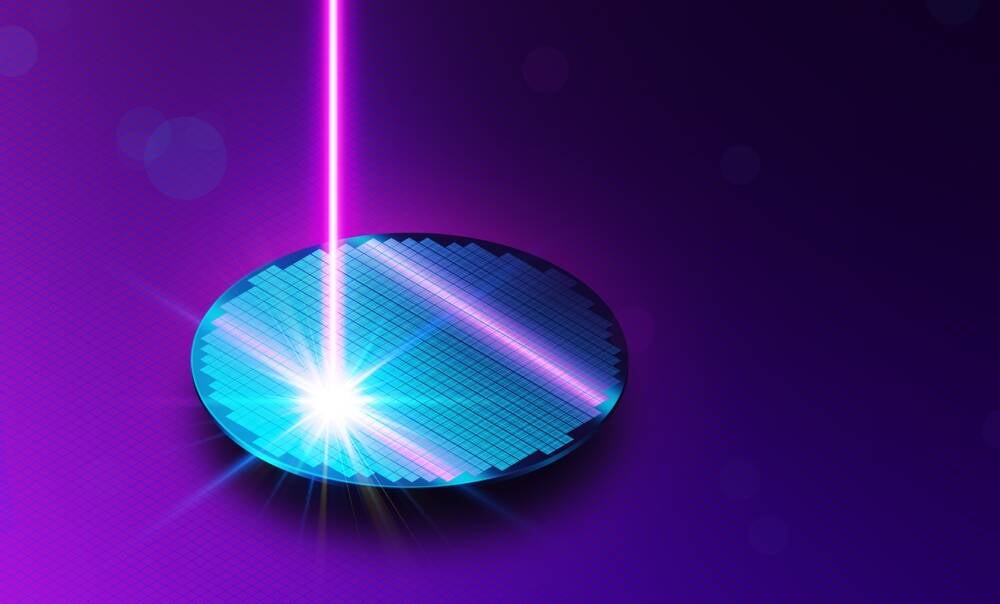Uncle Sam Lays Out Plans For $825M EUV R&D Site In New York

The Biden administration on Thursday announced plans to invest $825 million in US CHIPS and Science Act funding to establish a semiconductor research and development center in Albany, New York.
The facility, which will be operated as part of Natcast's National Semiconductor Technology Center (NSTC) and located at the NY Create's Albany NanoTech Complex, aims to advance chip manufacturing using extreme ultraviolet (EUV) lithography equipment.
EUV lithography machines have become the go-to in recent years for producing advanced processors used in everything from smartphones, notebooks, and datacenter CPUs and GPUs. The US Commerce Department expects to bring the first EUV lithography machines online in 2025 with more sophisticated high-numerical-aperture EUV equipment coming the following year.
Oh, and if the Albany NanoTech Complex sounds familiar, that's because it's already the home of IBM's semiconductor research fab.
The agencies argue the NSTC R&D center will be critical to ensuring US process leadership, reducing prototyping time, and growing the domestic semiconductor workforce. As we've previously reported, one of the biggest challenges facing US chipmaking ambitions remains a shortage of skilled workers necessary to operate the growing number of American fabs.
"Through this collaboration with NY Creates, Natcast and NSTC members will have access to essential lithography tools and processes to facilitate a wider range of research and accelerate commercialization of the technologies of tomorrow," Natcast CEO Deirdre Hanford said in a canned statement.
The Biden administration's decision to focus on EUV isn't surprising, but could be a boon for the Netherlands' ASML, which, as of 2024, remains the only supplier of EUV equipment. In fact, ASML could end up walking away with more than half the $825 million set aside for the project. ASML's most advanced EUV equipment can cost as much as $373 million.
As we understand it, this funding comes from a $5 billion pool of CHIPS and Science Act funding set aside earlier this year for R&D facilities and workforce development led by the NSTC.
However, it's worth noting that the funding for the facility is far from finalized. Natcast and NY Creates have signed a 10-year non-binding MOU, which is subject to due diligence, ongoing negotiations, and other terms.
- TSMC reportedly cuts off RISC-V chip designer linked to Huawei accelerators
- Mature node chip output to surge 6% in 2025
- Congress to Commerce: Sanction more Chinese chip firms to stop Huawei's evasion
- Uncle Sam extends 25% CHIPS Act tax credit to wafer, solar panel manufacturing
Plans for EUV R&D center come just a day after the Commerce Department announced a separate $100 million funding opportunity for projects involving "cutting-edge artificial intelligence and autonomous experimentation technologies" to advance next-gen semiconductor manufacturing tech.
The funding is expected to be disbursed in bundles of $20-$40 million to universities and other research facilities looking to apply these technologies to chipmaking and process development. ®
From Chip War To Cloud War: The Next Frontier In Global Tech Competition
The global chip war, characterized by intense competition among nations and corporations for supremacy in semiconductor ... Read more
The High Stakes Of Tech Regulation: Security Risks And Market Dynamics
The influence of tech giants in the global economy continues to grow, raising crucial questions about how to balance sec... Read more
The Tyranny Of Instagram Interiors: Why It's Time To Break Free From Algorithm-Driven Aesthetics
Instagram has become a dominant force in shaping interior design trends, offering a seemingly endless stream of inspirat... Read more
The Data Crunch In AI: Strategies For Sustainability
Exploring solutions to the imminent exhaustion of internet data for AI training.As the artificial intelligence (AI) indu... Read more
Google Abandons Four-Year Effort To Remove Cookies From Chrome Browser
After four years of dedicated effort, Google has decided to abandon its plan to remove third-party cookies from its Chro... Read more
LinkedIn Embraces AI And Gamification To Drive User Engagement And Revenue
In an effort to tackle slowing revenue growth and enhance user engagement, LinkedIn is turning to artificial intelligenc... Read more

